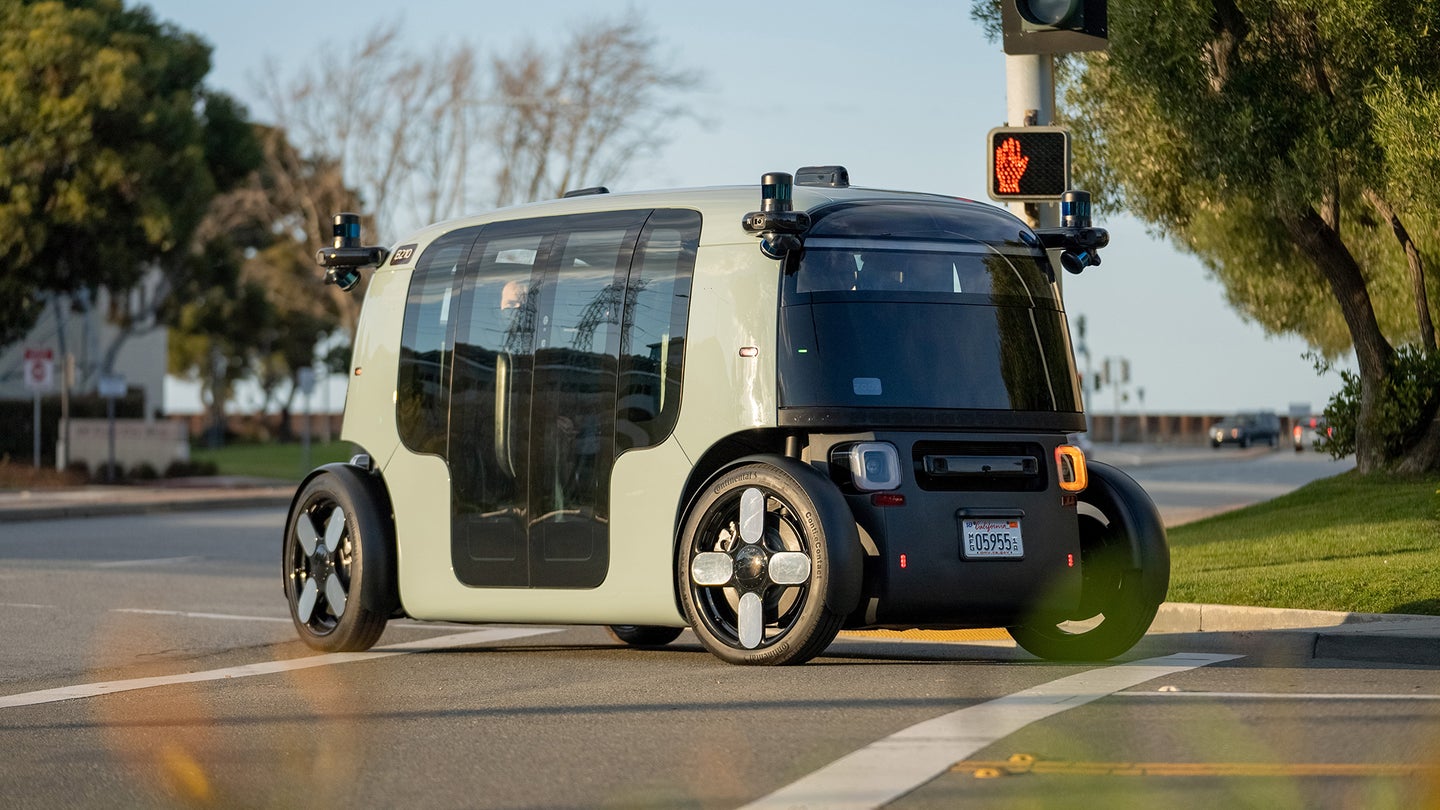What’s going on with self-driving car companies, from Aurora to Zoox
Here's what the major players are up to in the autonomous vehicle space right now.

This post has been updated. It was first published in May, 2022.
Waymo is the latest autonomous car company to make headlines for the wrong reasons. On May 21, 2023, one of its vehicles operating autonomously hit and killed a small dog in an “unavoidable” incident. Although the safety driver didn’t see the dog, apparently the vehicle’s autonomous driving system detected it but was unable to do anything to prevent the collision. Of course, that’s something that can happen with human drivers too—but after the bad publicity of autonomous vehicles over the last few years, it’s not what any company in this field needs.
Still, despite plenty of setbacks, layoffs, and shut downs, a number of companies are making real progress in getting self-driving cars on the road. If you’re curious about what Waymo and some of the other major outfits are up to, here’s a handy alphabetized guide to some of the key firms working on autonomous vehicles.
Argo AI
Argo AI, the self-driving car play backed by Ford and Volkswagen, shut down in October of 2022. Both companies remain committed to developing some kind of driver automation, with Ford refocusing on lower levels of driver assistance technology.
Aurora
This company bought Uber’s former self-driving division in 2020. Its self-driving freight program, Aurora Horizons, is progressing well. The latest beta is now “feature complete,” meaning it has all the features it needs for the service to launch; the developers are just ironing out all the bugs. The company plans to launch the Aurora Driver system for trucks commercially next year. As of May this year, its trucks were hauling 50 loads and covering more than 14,000 miles each week in Texas for its shipping partners, FedEx, Werner, Schneider, and Uber Freight.
After testing self-driving Toyota Siennas on the streets of the Dallas-Fort Worth metro area last year, the company plans to launch its Aurora Connect ride-hailing service after it successfully debuts Horizons.
Cruise
Owned by General Motors, Cruise has been quietly successful. Its autonomous robotaxis are operating 24/7 in San Francisco for employees, though for the general public (who pay for rides), the service is available between 10 pm and 5:30 am in a limited area of the city—at least for the next few weeks. The company is also rolling out its ride-hailing in Houston and Dallas with a safety driver in the car.
Motional
A joint venture between Aptiv and Hyundai, Motional is offering free rides to the public through both Lyft and UberX—though only in downtown Las Vegas. The service is available 24/7, though there’s still a safety-driver behind the wheel. It plans to operate fully autonomously later this year.
Pony.ai
Pony.ai has had a rough few years in California. Last year, it lost its permit to test its fleet of autonomous vehicles over concerns about the driving records of the safety drivers it employed; and that’s after having its license to test its autonomous vehicles without a safety driver suspended the year before. Still, things are looking better for the company elsewhere.
As of April this year, it is now operating a fully driverless ride-hailing service in Guangzhou, China, and is also permitted to test its cars in Beijing. State-side, it’s testing its autonomous cars with safety drivers in Tucson, Arizona.
Waymo
Despite the dog situation and a staff cut, things have generally been on the up and up for the well-established firm owned by Google’s parent company Alphabet. (Although a couple of Waymo vehicles had some problems in San Francisco on June 25.)
It recently doubled the size of its commercial ride-hailing service area in Phoenix, Arizona. It now covers 180 square miles between the Downtown and East Valley areas. Also, like Cruise, the company may soon be able to expand its testing service in San Francisco to operate 24/7. Between the two cities, public riders apparently take 10,000 trips each week—which is pretty impressive.
Zoox
Bought by Amazon in 2020, Zoox is operating its quirky bidirectional “toasters” on California public roads and now in Nevada, too.
The purpose-built electric robotaxis don’t have a steering wheel or other manual controls and passengers sit facing each other, like in an old horse-drawn carriage. Combined with four-wheel steering, the little robots don’t really have a front or back so can comfortably drive in both directions.
In California, the vehicles are ferrying Zoox employees between two of the company’s office buildings along a one-mile route that requires them to make left and right turns, navigate traffic lights, and safely interact with cyclists, pedestrians, and other vehicles. And in Nevada, the company says the vehicles are operating on “a one-mile loop around the neighborhood where our Las Vegas HQ is located.” Like in California, this is only for Zoox employees.
Ultimately, despite the still relatively frequent setbacks, the autonomous vehicle industry has also been making quiet gains over the past year or two. We’re still a long way from ubiquitous driverless cars, but the technology is being tested in more places, in more ways, and with less drama. What a time to be a robot (or a person who likes being driven around by one).
